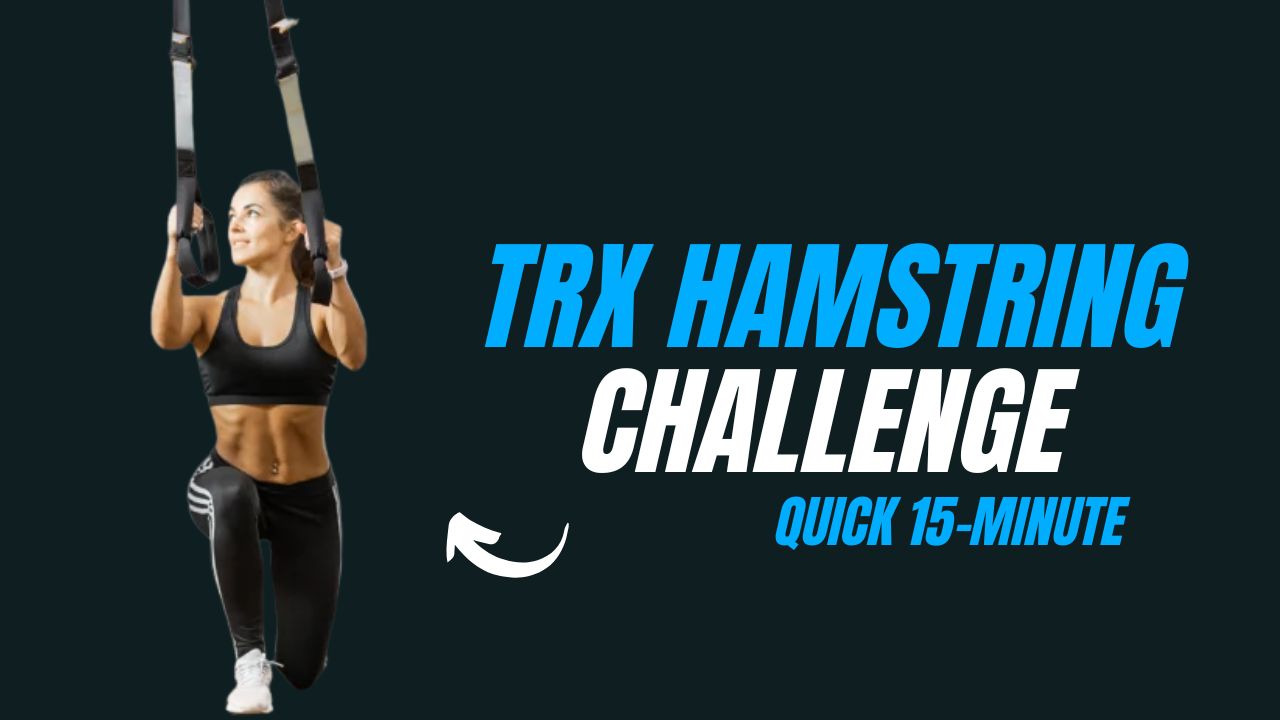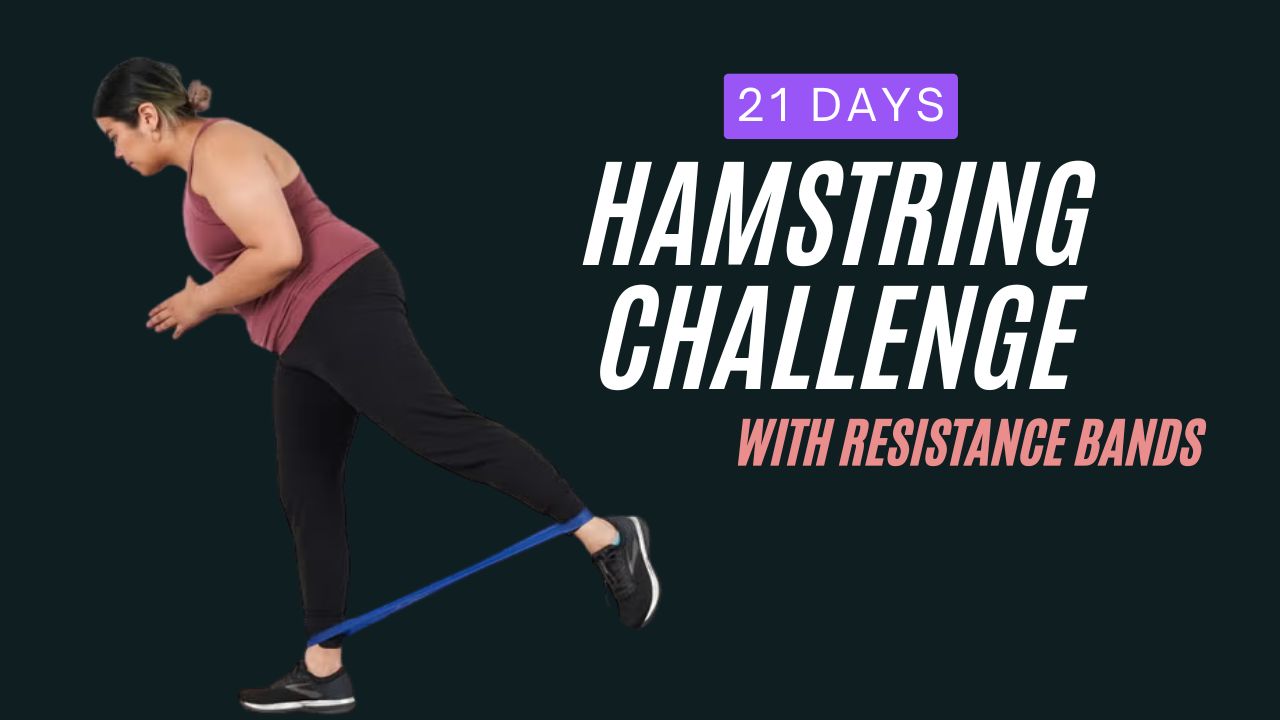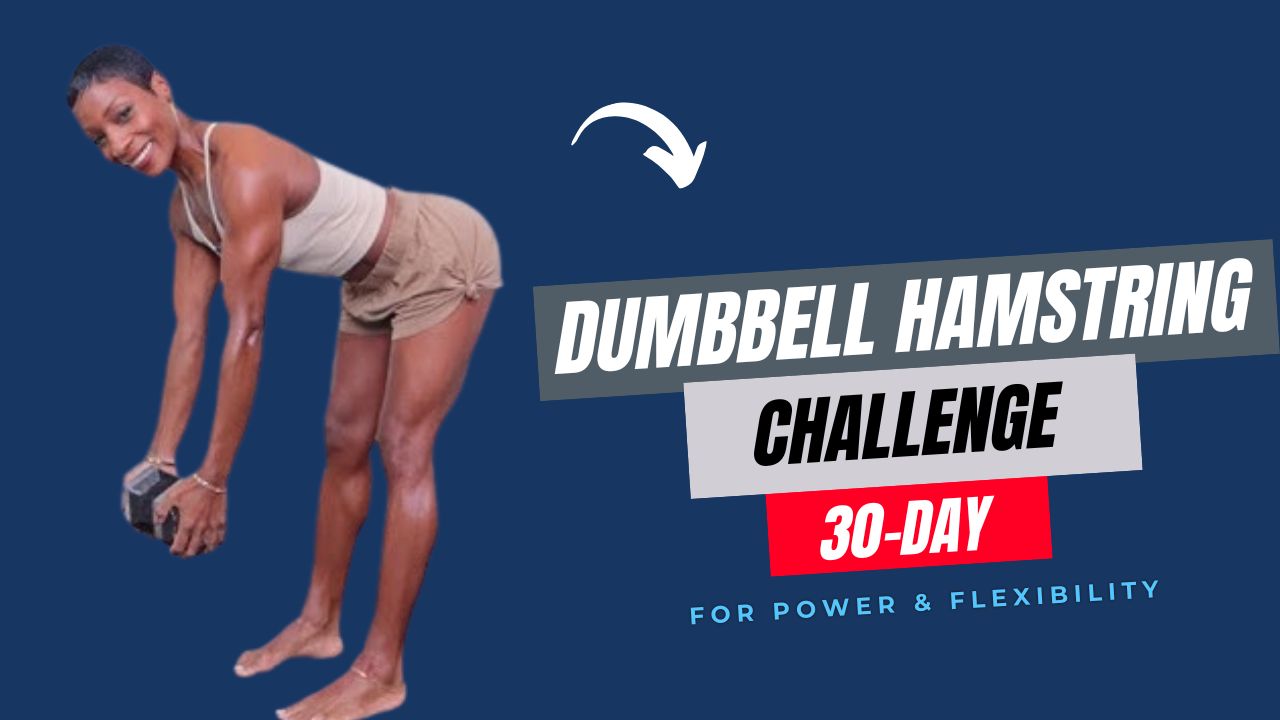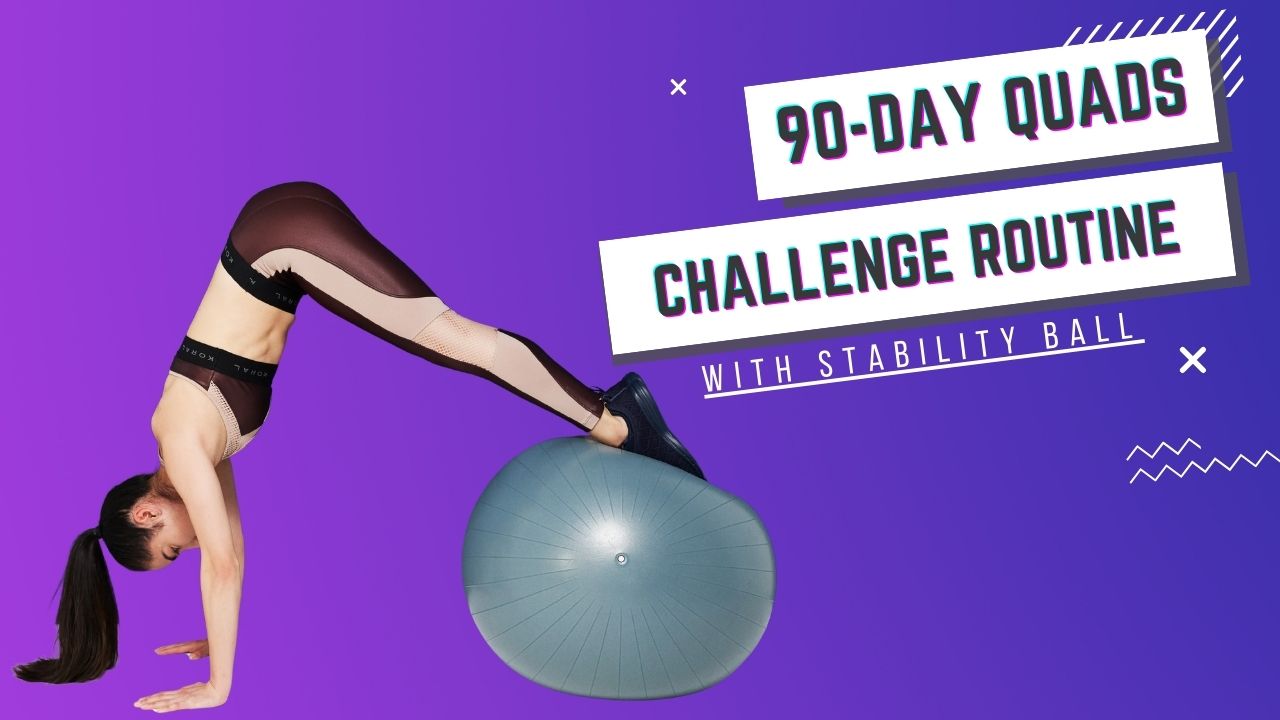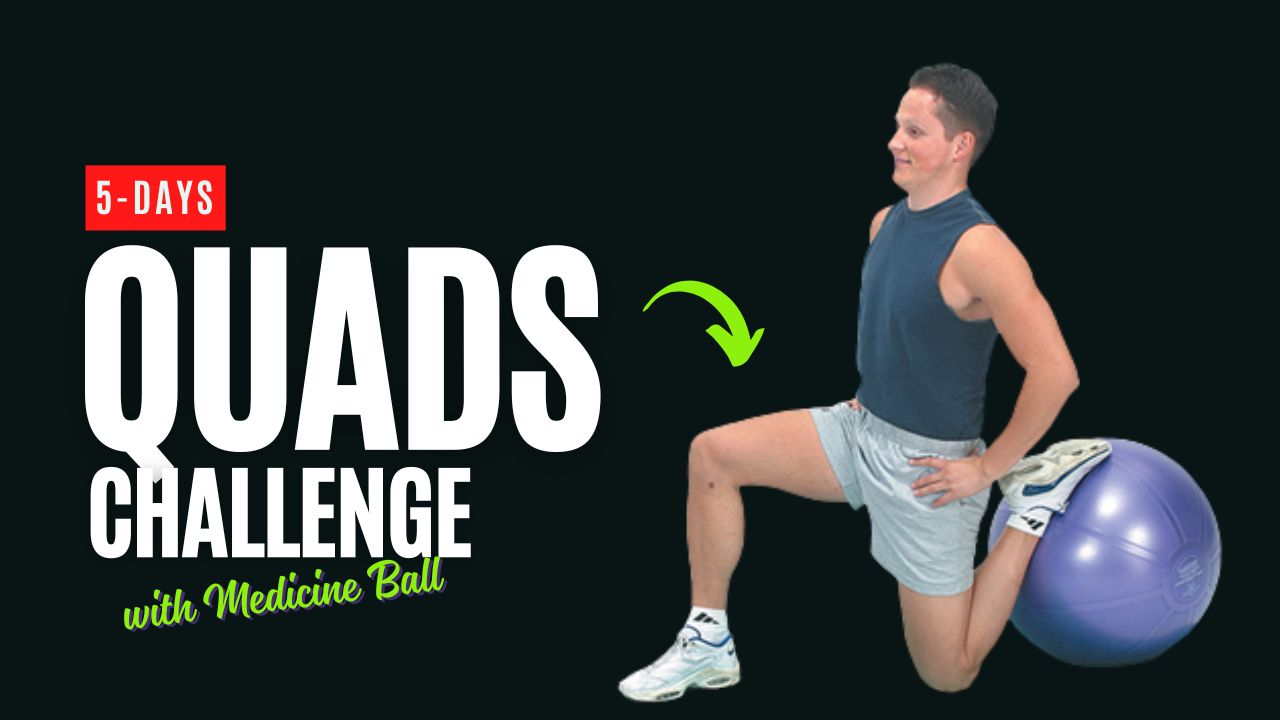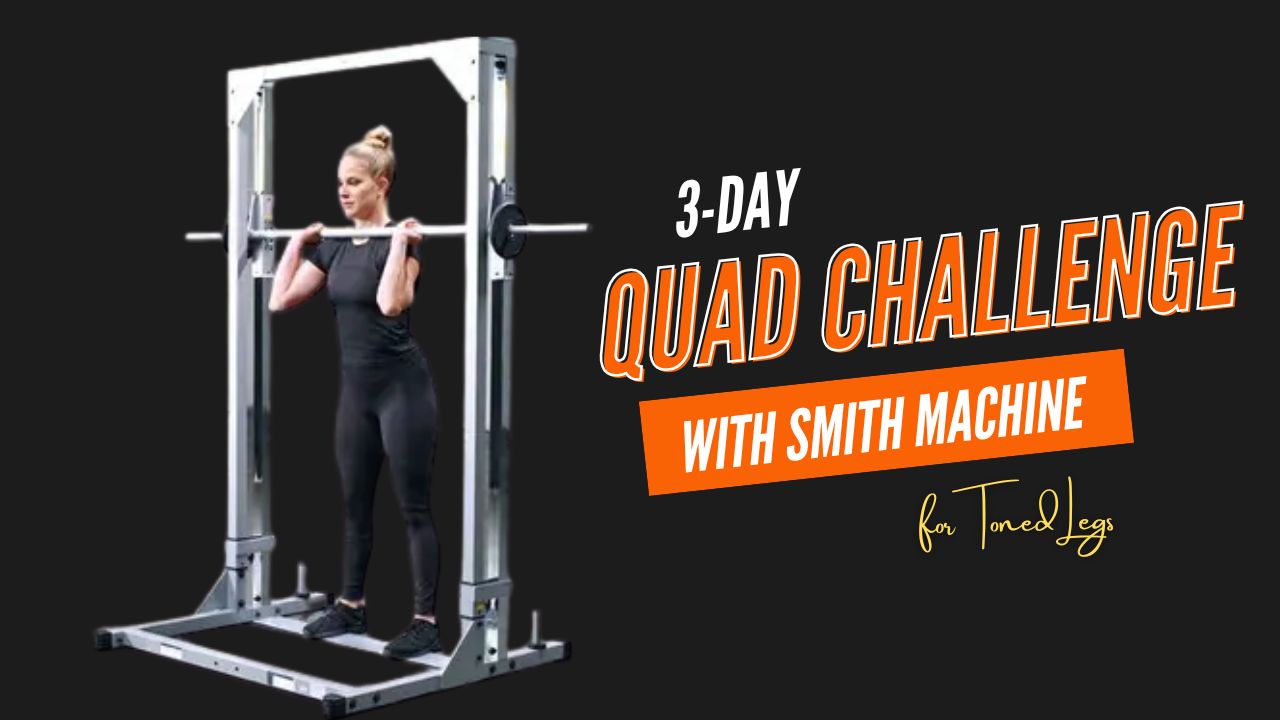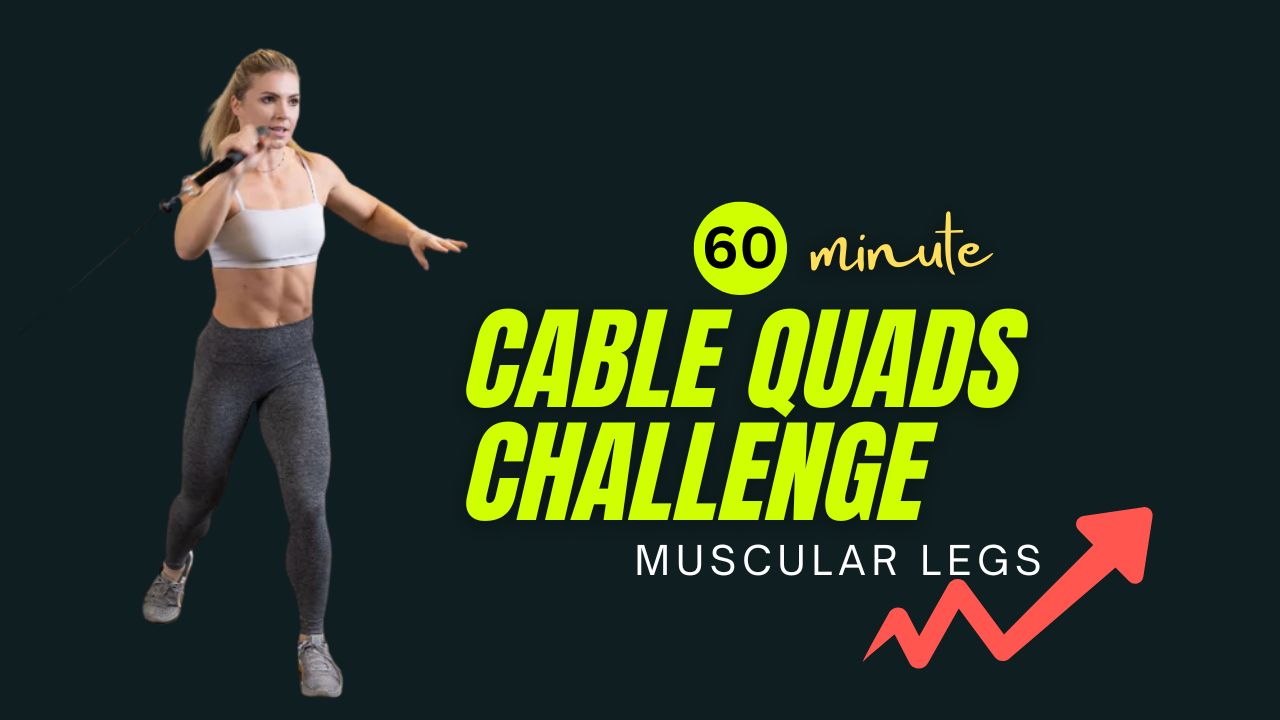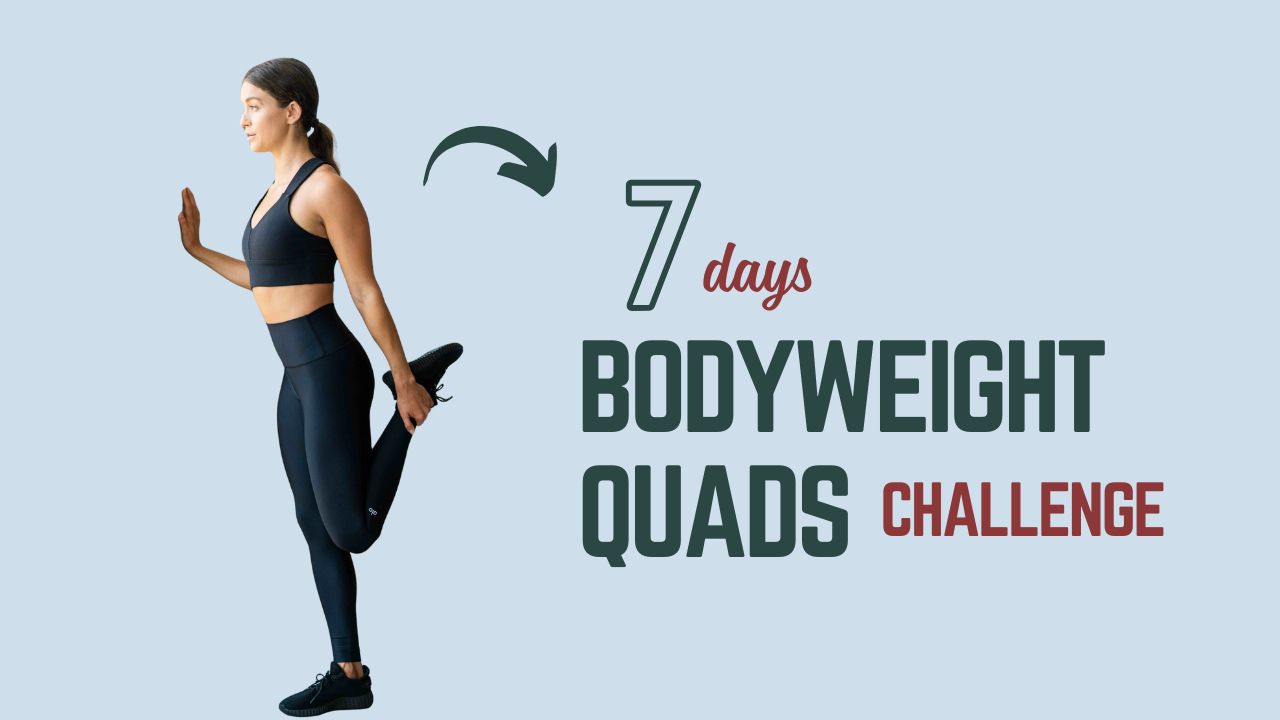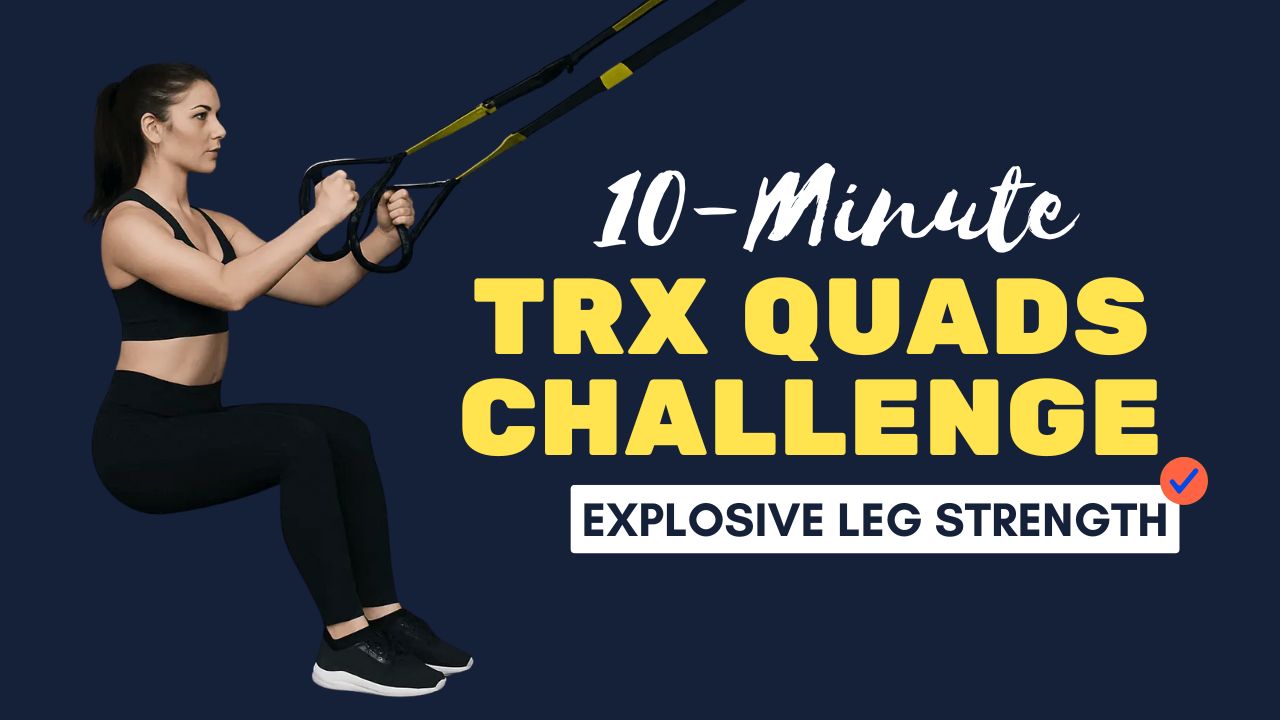Are push-ups and bench presses not giving your chest the shape you crave? It’s time to break the monotony with medicine ball chest exercises—an underrated secret weapon athletes use to build explosive power, sculpted definition, and bulletproof stability.
Unlike machines or dumbbells alone, medicine balls challenge your chest through dynamic, functional movement patterns that transfer directly to sports and real-life strength.
Do you know? Research shows that unstable resistance training (like using medicine balls) can activate more muscle fibers in the chest than traditional presses—leading to faster gains in strength and muscle tone!
Below, discover seven game-changing medicine ball chest moves, plus exactly how to perform them safely and effectively. Let’s build a chest that turns heads!
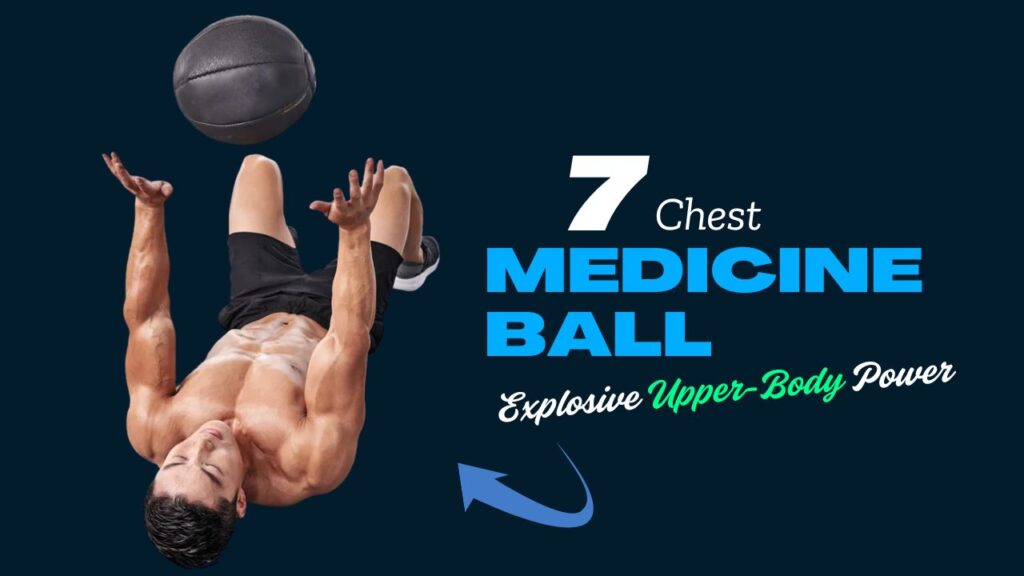
Table of Contents
What Can Happen After 30 Days of Medicine Ball Chest Exercises
| Positive Changes You May Notice | Things to Watch Out For |
|---|---|
| Increased chest strength and pressing power | Soreness in chest, shoulders, or wrists if overtraining |
| Improved muscle tone and chest definition | Plateauing if you don’t vary intensity or exercises |
| Enhanced core stability and balance | Risk of strain if you progress weight too quickly |
| Faster push-up performance and upper-body explosiveness | Possible joint discomfort if form isn’t maintained |
| Better coordination and control during upper-body movements | Fatigue without adequate recovery or sleep |
Do’s and Don’ts for Medicine Ball Chest Exercises
| Do | Don’t |
|---|---|
| Start with a light medicine ball to master form | Choose a ball that’s too heavy for your control |
| Warm up properly to prepare your shoulders and chest | Skip warm-up; it increases injury risk |
| Keep your core tight to maintain body alignment | Let your hips sag or arch your back excessively |
| Perform movements with full range of motion | Rush through reps with poor technique |
| Focus on slow, controlled lowering (eccentric) | Bounce the ball carelessly or off unsafe surfaces |
| Rest adequately between sets for muscle recovery | Overdo it without rest; it can lead to strain |
| Use a partner or rebounder for safe throws | Throw against weak walls or in crowded spaces |
7 Best Medicine Ball Chest Moves
1. Medicine Ball Push-Up
How to:
- Place one hand on a medicine ball and the other on the floor.
- Get into a push-up position, body in a straight line from head to heels.
- Lower your chest until your lower body almost touches the floor.
- Press back up powerfully.
- Perform 8–12 reps, then switch sides.
Why it works: This move creates an uneven surface that forces your chest, shoulders, and core to stabilize—engaging deeper muscle fibers than standard push-ups.
2. Medicine Ball Chest Pass
How to:
- Stand facing a sturdy wall or a partner, holding a medicine ball at chest height.
- Lower into a quarter squat, then explosively throw the ball straight ahead from your chest.
- Catch it on the rebound or have your partner return it.
- Complete 10–15 reps.
Interesting fact: This plyometric exercise improves your upper-body speed and power—key for athletes in sports like basketball or boxing.
3. Medicine Ball Floor Press
How to:
- Lie on your back with knees bent and feet flat.
- Hold a medicine ball between both hands directly above your chest.
- Lower the ball until your elbows lightly touch the floor.
- Press it back up powerfully.
- Perform 12–15 reps.
Why it works: Perfect for isolating the chest without straining the shoulders, making it a joint-friendly strength builder.
4. Single-Arm Medicine Ball Push-Up
How to:
- Place one hand on the medicine ball directly under your shoulder.
- Perform a push-up, keeping your body aligned.
- Focus on a slow descent and powerful upward push.
- Switch arms after 6–8 reps per side.
Myth buster: Many believe one-arm variations only target the arms—when in fact, they dramatically engage your chest and core for balanced muscle development.
5. Incline Medicine Ball Chest Throw
How to:
- Sit or lie on an incline bench set to 30–45 degrees.
- Hold a medicine ball at chest level.
- Explosively throw it straight up, releasing the ball (only if you have a partner or a safe rebounder).
- Catch and immediately repeat for 8–12 throws.
Pro tip: Keep your core tight to maintain stability, and avoid arching your lower back during throws.
6. Medicine Ball Pullover
How to:
- Lie on a bench or stability ball with only your upper back supported.
- Hold a medicine ball with both hands above your chest.
- Keeping arms slightly bent, slowly lower the ball behind your head until you feel a stretch in your chest.
- Pull the ball back over your chest.
- Repeat for 10–12 reps.
Why it works: This move targets the upper chest and serratus, expanding your rib cage for a more powerful look.
7. Plyo Medicine Ball Push-Up
How to:
- Place both hands on a medicine ball.
- Lower into a push-up.
- Explosively press up so your hands lift off the ball.
- Land softly with hands back on the ball.
- Perform 5–10 explosive reps.
Interesting fact: Plyometric push-ups with a medicine ball train fast-twitch muscle fibers for better performance in sports requiring bursts of power.
Final Thoughts
Medicine balls aren’t just old-school gym tools—they’re versatile, powerful weapons to break plateaus and build a strong, chiseled chest.
By adding these 7 medicine ball chest moves into your routine, you’ll develop more explosive strength, stability, and definition than traditional exercises alone.
Remember: Start with a light to moderate-weight medicine ball to master your form, then gradually progress as your control and strength improve. Consistency is key to sculpting a chest that’s as strong as it looks!
Frequently Asked Questions (FAQs)
Are medicine ball chest exercises safe for beginners?
Yes—medicine ball chest exercises can be safe for beginners if you start with a light ball (4–6 lbs) and focus on proper form. Avoid explosive or single-arm variations until you build basic strength.
How often should I train my chest with medicine ball exercises?
2–3 times per week is ideal, allowing at least 48 hours between sessions for muscle recovery and growth. Rotate exercises to avoid overuse injuries.
Can I replace traditional bench press with medicine ball moves?
Medicine ball exercises add variety and dynamic stability work, but they shouldn’t fully replace heavy presses if your goal is maximum strength. Combine both for best results.
Do medicine ball chest exercises also work other muscles?
Absolutely! Alongside your chest, these exercises engage your shoulders, triceps, core, and stabilizer muscles, making them excellent for functional, full-body strength.
Is it normal for my core to feel tired during medicine ball push-ups?
Yes—medicine ball chest moves demand core stability, so it’s normal (and a good sign!) to feel your abs working hard to keep your body aligned.
Can medicine ball workouts help define my chest?
Definitely! While nutrition and overall fat loss are key for definition, medicine ball exercises can help build muscle shape and density, giving your chest a more sculpted look as you lean down.
